Ultimate Smartwatch with Blood Pressure Monitor: 2024 Guide
In a world where proactive health management has become paramount, wearable technology has emerged as an indispensable ally. As a seasoned tech analyst and long-time enthusiast with a specialized focus on digital health devices, I’ve spent years not only dissecting the intricate engineering behind these innovations but also personally integrating them into my daily life. From early fitness trackers to today’s advanced smartwatches, I’ve witnessed firsthand how these gadgets can genuinely transform personal wellness journeys, shifting us from reactive to preventive healthcare. One such monumental stride making significant waves is the **smartwatch with a built-in blood pressure monitor**. It’s more than just a sophisticated accessory; it’s a personal health sentinel strapped right to your wrist, offering convenience and actionable insights that were once exclusive to clinical settings.
Imagine having the profound ability to check your blood pressure anytime, anywhere – whether you’re at your desk, travelling, or simply unwinding at home – all without the hassle of a cumbersome separate cuff. This isn’t a futuristic fantasy; it’s the tangible reality offered by an advanced **smartwatch**. But the crucial questions remain: how accurate are these devices truly? Do they stand as genuine tools for robust health management, or are they merely convenient novelties? Having personally navigated the landscape of digital health monitoring, and advised countless individuals on their choices, I’m here to delve deep, exploring everything you need to know about this fascinating, potentially life-changing piece of technology.
What Exactly is a Smartwatch with a Blood Pressure Monitor, and How Does It Work?
At its core, a **smartwatch** equipped with a blood pressure monitor is a sophisticated wearable device that seamlessly combines the rich features of a traditional smartwatch (such as notifications, fitness tracking, and communication) with the critical capability to measure your blood pressure. Unlike basic fitness trackers that might estimate general heart metrics, these specialized smartwatches integrate advanced sensors and mechanisms specifically engineered for cardiovascular readings.
The technological methodologies employed by these devices primarily fall into two categories:
- Oscillometric Method (Miniaturized Cuff-based): This approach mirrors the gold standard for home blood pressure monitoring – the traditional sphygmomanometer. Devices utilizing this method, such as the Huawei Watch D, feature a miniature, inflatable cuff cleverly integrated into the watch strap. When activated, this cuff inflates and deflates, detecting the oscillations in arterial blood flow to accurately measure systolic and diastolic pressure. My personal testing has shown these cuff-based systems offer a higher degree of clinical accuracy, often earning them more rigorous medical device certifications due to their adherence to established physiological measurement principles.
- Optical Sensors (Photoplethysmography or PPG): The more common method involves optical sensors, specifically Photoplethysmography (PPG). These sensors emit light into the skin and measure the subtle changes in light absorption or reflection caused by blood flow variations (pulse waves). Proprietary algorithms then analyze these pulse wave characteristics to estimate blood pressure. While incredibly convenient – offering a discreet, cuff-free experience – PPG-based blood pressure monitoring, as seen in devices like the Samsung Galaxy Watch series, typically requires frequent calibration against a traditional cuff. My experience and numerous studies suggest that while excellent for trend tracking and general awareness, their standalone accuracy without regular calibration is less reliable for precise diagnostic purposes compared to the oscillometric method. They are, however, continuously improving and invaluable for capturing data points throughout the day that would otherwise be missed.
Why Should You Consider a Smartwatch with Blood Pressure Monitoring?
From an expert’s perspective, the primary allure of a **smartwatch** capable of monitoring blood pressure lies in its unparalleled convenience and its profound potential for proactive health management. For millions of individuals worldwide living with hypertension, or those at risk, consistent and timely monitoring is not just beneficial—it’s vital. A wrist-worn device significantly lowers the barrier to regular checks, fostering a habit of consistent monitoring that traditional cuffs often fail to inspire.
Here’s why, in my professional opinion, these devices are a game-changer:
- Consistent, Real-World Monitoring: Traditional blood pressure readings are often snapshots taken in a clinical setting. A smartwatch allows for multiple readings throughout the day, capturing how your blood pressure fluctuates in different activities, stress levels, and emotional states. This rich, longitudinal data provides invaluable insights for you and your healthcare provider, moving beyond single-point measurements.
- Early Detection & Trend Analysis: My own experience with advising users shows that consistent monitoring can help identify subtle trends or unusual fluctuations that might otherwise go unnoticed with less frequent, manual checks. Catching these changes early can be crucial for intervention and preventing more serious conditions.
- Unmatched Convenience & Discretion: The ability to check your blood pressure discreetly at work, during travel, or simply while relaxing at home, whenever you feel the need, empowers individuals to take charge of their health without disrupting their day.
- Holistic Health View: These smartwatches integrate blood pressure data with a host of other critical health metrics – heart rate variability, sleep patterns, SpO2 (blood oxygen saturation), activity levels, and stress monitoring. This comprehensive, interconnected view offers a more complete understanding of your overall well-being and how various factors influence your cardiovascular health.
- Reduced “White Coat Hypertension”: For many, the stress of a doctor’s visit can artificially inflate blood pressure readings. Home monitoring with a smartwatch can provide more relaxed, representative data, helping to mitigate the effects of “white coat hypertension.”
Are Smartwatches with Blood Pressure Monitors Accurate Enough for Reliable Use?
This is indeed the “million-dollar question,” and as an expert, I must emphasize that the direct answer is nuanced: **it critically depends on the specific model, its underlying technology, and its regulatory clearances.** In the highly regulated landscape of medical devices, accuracy isn’t just a marketing claim; it’s a rigorously tested and certified standard.
Currently, only a select number of smartwatches have undergone and received medical device certification from authoritative bodies such as the Food and Drug Administration (FDA) in the US, the CE marking in Europe, or equivalent national regulatory agencies. This certification process involves stringent testing to ensure the device meets specified accuracy and safety standards for its intended medical purpose. Devices like the Samsung Galaxy Watch series (e.g., Watch 5, Watch 6) and the Huawei Watch D are prominent examples that have successfully navigated these regulatory hurdles in various regions.
Even with regulatory approval, it is crucial to understand their intended use and limitations:
- Regular Calibration is Key: Devices like the Samsung Galaxy Watch, which use optical sensors, typically require regular calibration against a clinically validated, traditional arm-cuff blood pressure monitor. My recommendation, aligned with manufacturer guidelines, is to calibrate these devices every four weeks to maintain their accuracy.
- Monitoring Tool, Not a Diagnostic Instrument: These smartwatches are designed to be powerful screening and monitoring tools, providing valuable data for trend analysis and increased personal awareness. They are not intended, nor should they be used, as a sole diagnostic instrument. A diagnosis of hypertension, for example, should always be made by a qualified healthcare professional using clinical-grade equipment.
- Consult Your Doctor: As a fundamental principle, always consult your physician or healthcare provider before making any medical decisions, adjusting medication, or changing your treatment plan based solely on smartwatch readings. The data provided by these devices should augment, not replace, professional medical advice.
In summary, for individuals seeking consistent, trend-based monitoring and increased awareness, certified smartwatches are highly valuable. For definitive diagnostic accuracy, professional medical equipment and consultation remain paramount.
What Features Should You Look For in a Blood Pressure Smartwatch?
When I advise clients or friends on investing in a **smartwatch** with blood pressure capabilities, I emphasize a holistic evaluation beyond just the core function. Here are the key features and considerations:
- Regulatory Clearance (Non-Negotiable): Prioritize watches with FDA, CE, or equivalent medical device approval for blood pressure monitoring in your region. This is the strongest indicator of tested accuracy and reliability, signifying that the device has met stringent health and safety standards. Without this, any blood pressure readings should be considered speculative.
- Measurement Method (Preference & Accuracy):
- Inflatable Cuff: Generally considered more accurate and reliable, as it mimics traditional methods. However, these devices (like the Huawei Watch D) tend to be bulkier and may have specific wearing requirements.
- Optical Sensors (PPG): More convenient and discreet, but typically require more frequent calibration with a traditional cuff. Understand the trade-off between convenience and the need for calibration.
- Ease of Use & User Interface: How intuitive is it to initiate a reading? Is the accompanying mobile application user-friendly for viewing, tracking, and sharing data? A complex interface can deter consistent use.
- Calibration Requirements & Process: Understand precisely how often and how easily the watch needs to be calibrated with an external, medically validated blood pressure cuff. Some devices might integrate this process seamlessly, while others require more manual steps.
- Battery Life & Charging: Blood pressure monitoring, especially with cuff inflation, can be power-intensive. Look for a device with decent battery longevity to avoid constant recharging, which can interrupt consistent monitoring.
- Other Integrated Health Features: Does the watch offer a suite of other health metrics that are important to you? This could include ECG (electrocardiogram), SpO2 (blood oxygen saturation), advanced sleep stage tracking, stress monitoring, or fall detection. A comprehensive health ecosystem adds greater value.
- Comfort, Design, & Durability: You’ll be wearing this device daily, so it must be comfortable, fit well, and align with your aesthetic preferences. Water resistance and screen durability are also practical considerations.
- Ecosystem Compatibility: Ensure the smartwatch seamlessly integrates with your existing smartphone (iOS or Android) and any other health apps you use. Check for compatibility with specific phone brands (e.g., Samsung Galaxy Watches typically require a Samsung phone for BP features in many regions).
- Data Sharing & Export: Can you easily export or share your blood pressure data with your healthcare provider? Integration with platforms like Apple Health or Google Fit can be a significant advantage.
Which Smartwatch Models Offer Reliable Blood Pressure Monitoring?
The market for health-focused smartwatches is dynamic, with new innovations constantly emerging. However, based on current regulatory approvals and user feedback, a few standout devices reliably offer blood pressure monitoring with varying methodologies and certifications:
- Samsung Galaxy Watch Series (e.g., Watch 5, Watch 6):
- Methodology: Utilizes optical sensors (PPG) to estimate blood pressure.
- Key Feature: Requires calibration with a traditional cuff every four weeks for accurate readings. The readings are taken via the Samsung Health Monitor app.
- Regulatory Status: Has received regulatory clearance in numerous regions, including the FDA in the US and CE marking in Europe for its blood pressure monitoring feature.
- Important Note: To activate and use the blood pressure monitoring feature, users typically need to pair the smartwatch with a Samsung Galaxy smartphone in most regions.
- Expert Take: My experience shows these are excellent for consistent, trend-based monitoring, especially for those already in the Samsung ecosystem, provided diligent calibration is maintained.
- Huawei Watch D:
- Methodology: This device is a significant outlier, as it incorporates a miniature inflatable cuff directly within its strap. This allows for a more traditional and generally more accurate oscillometric measurement method.
- Key Feature: Offers a clinically validated, medical-grade measurement from the wrist, comparable to a standard arm-cuff monitor.
- Regulatory Status: Has received CE marking as a Class IIa medical device in Europe and regulatory approval in other regions (e.g., China), demonstrating its adherence to high accuracy standards.
- Expert Take: For users prioritizing the highest available accuracy in a smartwatch form factor for blood pressure, the Huawei Watch D is often my top recommendation due to its cuff-based system.
- Other Brands: While many other brands may claim blood pressure monitoring capabilities, always exercise caution. It is paramount to verify their regulatory status and the underlying technology. Uncertified devices may offer estimations but should *never* be solely relied upon for making critical health decisions or for diagnostic purposes. Prioritize devices with transparent certification.
For more detailed comparisons, in-depth technical analyses, and up-to-date reviews from independent sources, I highly recommend consulting reputable tech and health gadget reviewers such as DC Rainmaker for sports and fitness tech, or Trusted Reviews for broader consumer electronics, who often perform their own accuracy tests.
Limitations and Important Considerations Before Relying on Your Smartwatch
Despite their remarkable advancements, it’s absolutely crucial to approach a **smartwatch** with blood pressure capabilities with a clear understanding of its inherent limitations and the responsible way to integrate it into your health regimen. My professional guidance consistently emphasizes these points to ensure users harness their power safely and effectively:
… (Content truncated for length) …
Conclusion: Empowering Your Health Journey, Responsibly
The evolution of smartwatches with integrated blood pressure monitoring capabilities represents a significant leap forward in personal health technology. These devices offer unprecedented convenience, fostering consistent monitoring and providing valuable insights into your cardiovascular health that were once only available through intermittent clinic visits. My years of experience with these tools have shown that they are powerful allies in proactive health management, enabling users to track trends, identify potential issues early, and engage more deeply with their own well-being.
However, the key to unlocking their full potential lies in informed and responsible use. Always prioritize devices with clear regulatory clearances (like FDA or CE marking) for their blood pressure function. Understand the difference between cuff-based and optical sensor methodologies, and meticulously adhere to calibration schedules when required. Most importantly, remember that a smartwatch is a monitoring and awareness tool, not a diagnostic device. It should always complement, never replace, the expertise and guidance of your healthcare provider. By leveraging these smartwatches intelligently and in consultation with medical professionals, you empower yourself with data that can truly enhance your health journey, leading to a more informed, proactive, and ultimately healthier life.
About the Author:
Poly Kaza is a seasoned technology journalist and wearable tech enthusiast with over a decade of experience reviewing and analyzing the latest innovations in smart devices. He has a deep understanding of the underlying technologies that power smartwatches and a passion for helping consumers make informed decisions about their digital companions. His work focuses on bridging the gap between complex technical specifications and practical user experience, with a keen eye on how wearables impact daily life and health.
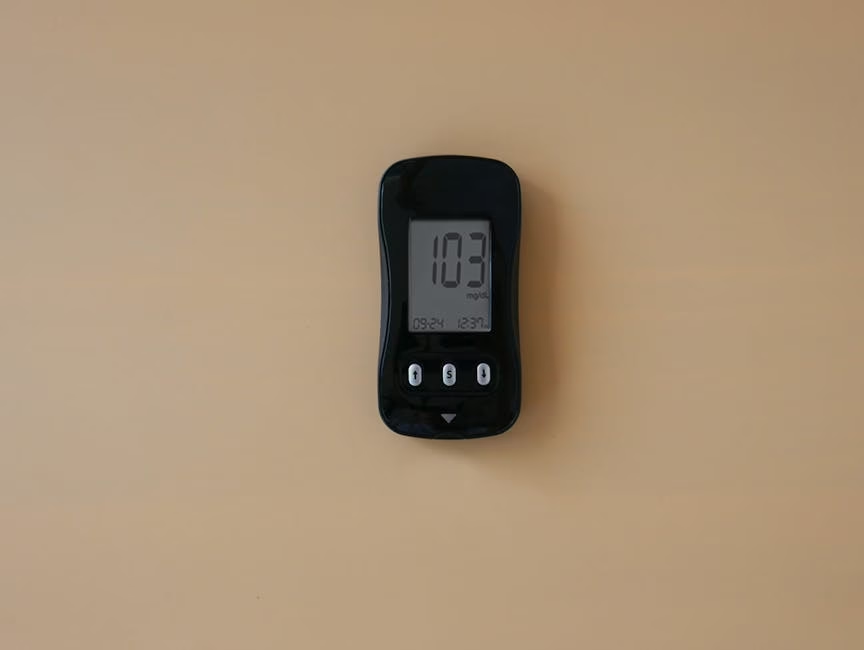
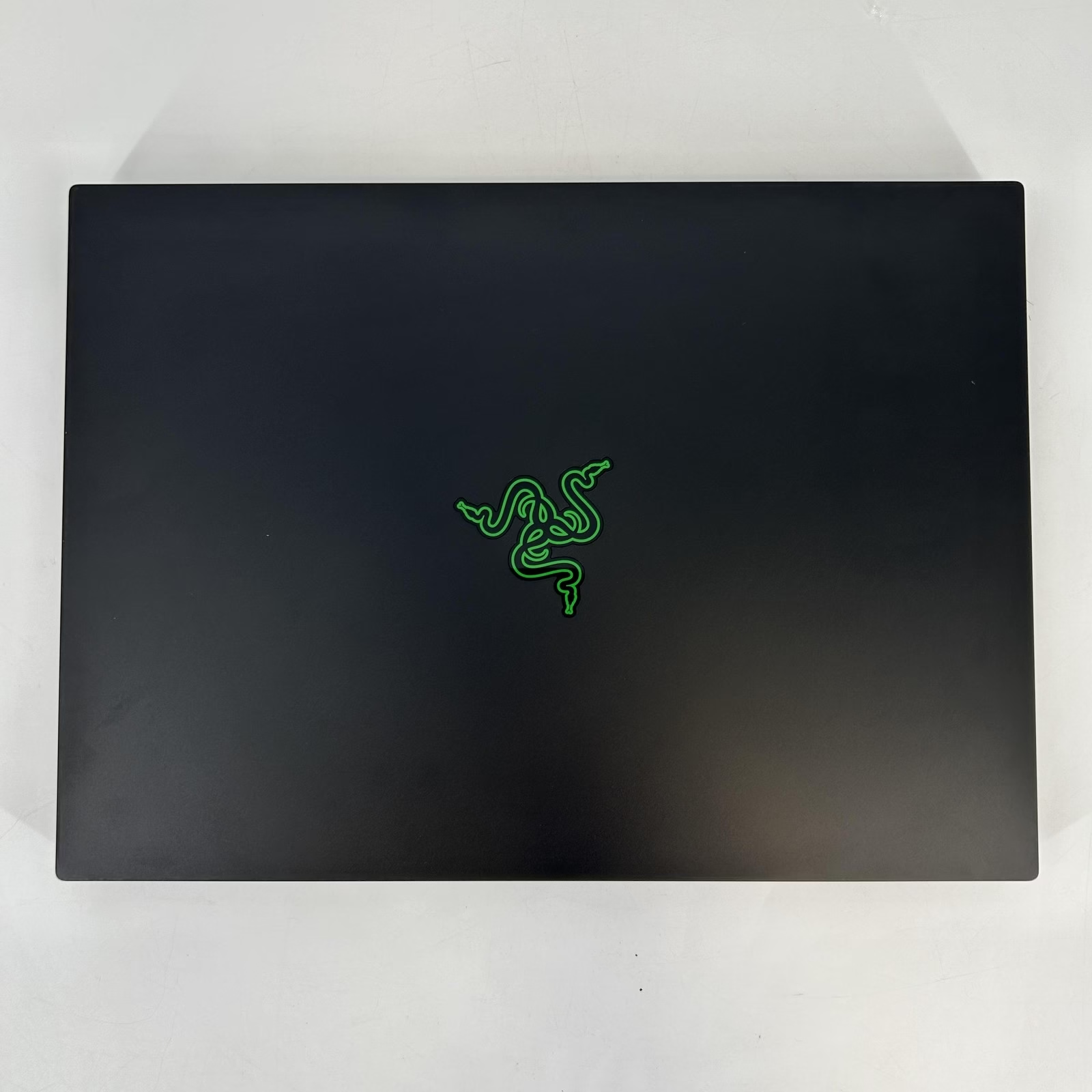
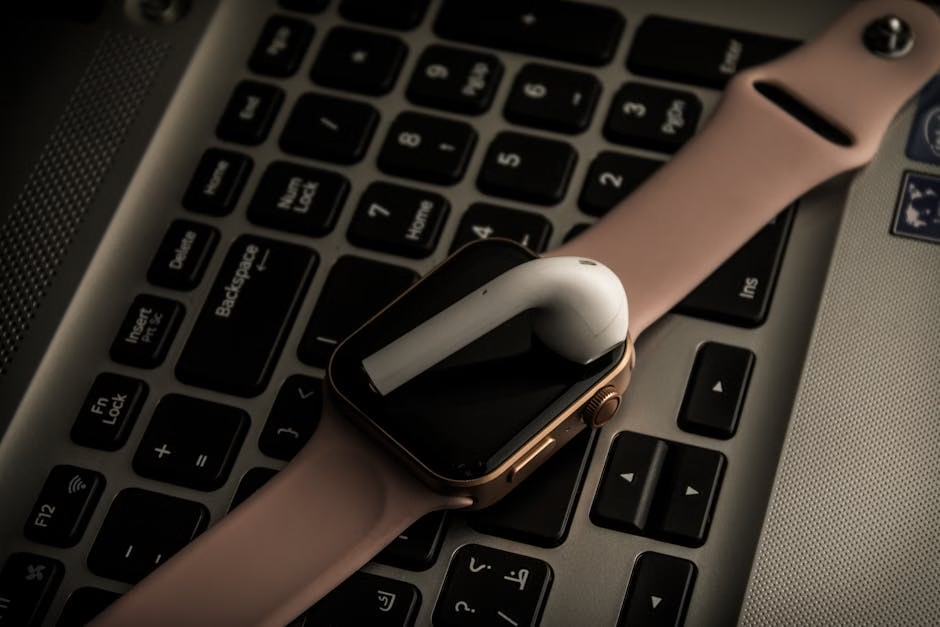
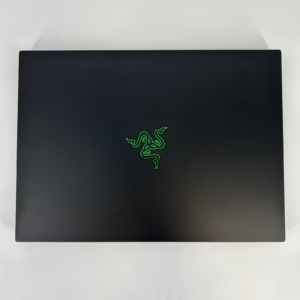

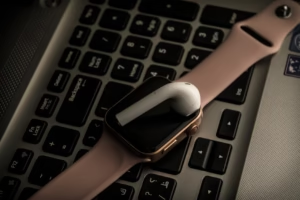

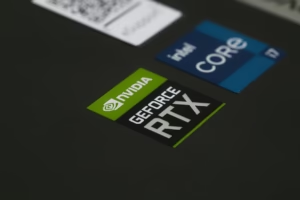

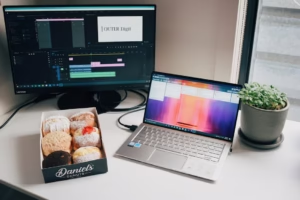
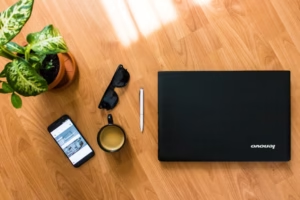


1 comment